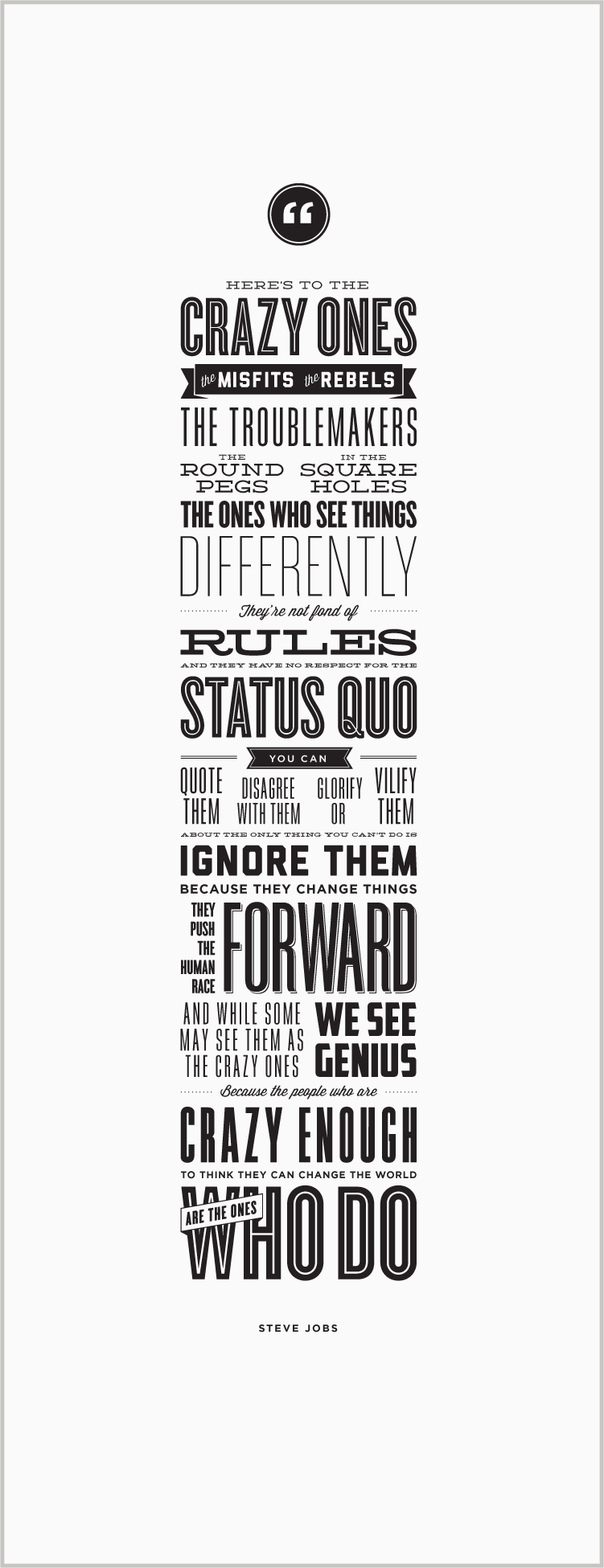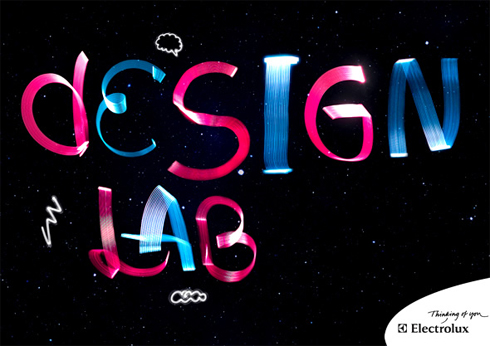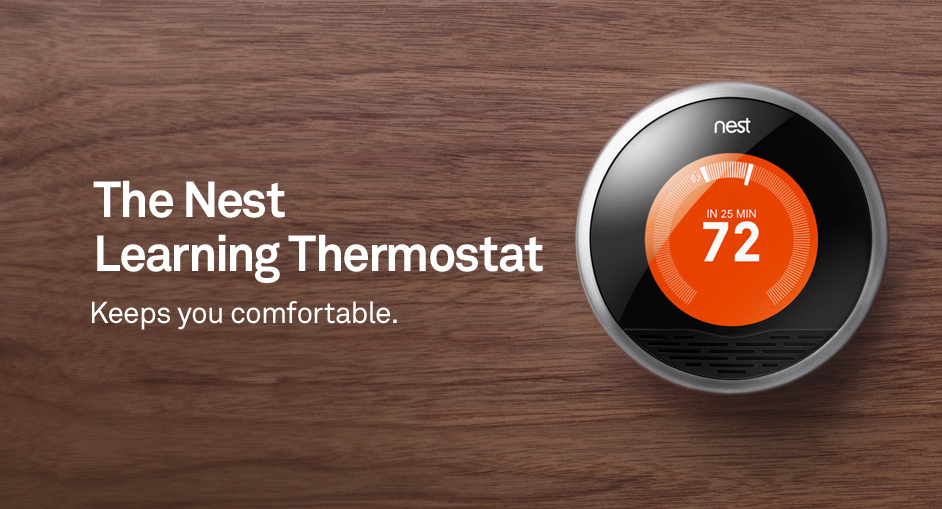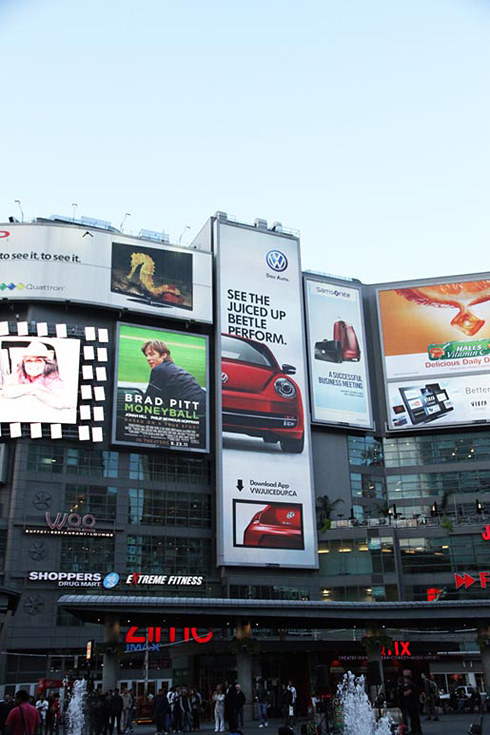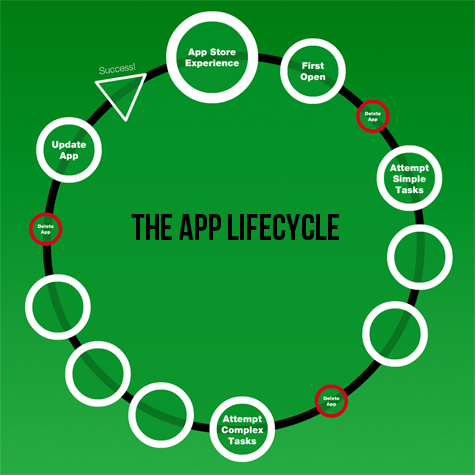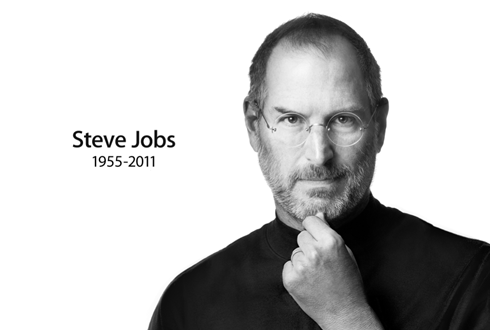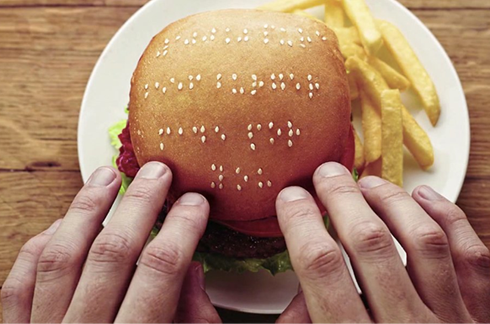
Wimpy, a restaurant found an interesting way to let visually impaired customers know that they have Braille menus handy in all of their locations. To spread the word they made impressions of Braille messages on hamburger buns, with words spelled out in sesame seeds.
A video promoting the effort shows Wimpy sandwich artisans using tweezers to painstakingly place each individual seed on each bun. The specialized burgers bearing various messages about burger authenticity (“100% pure beef!”) were brought to three Braille institutions for future customers to enjoy.
Awesome idea 🙂

